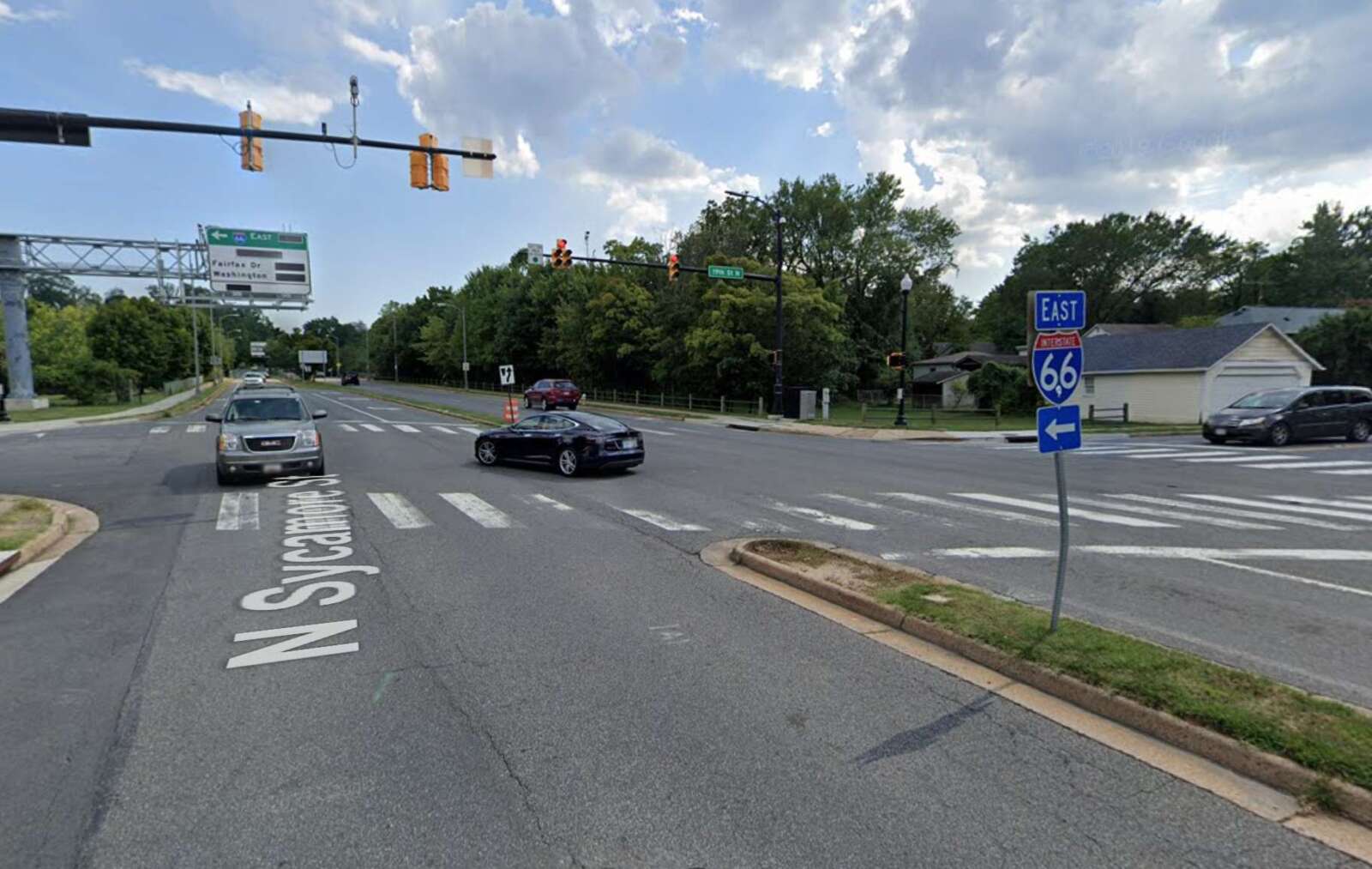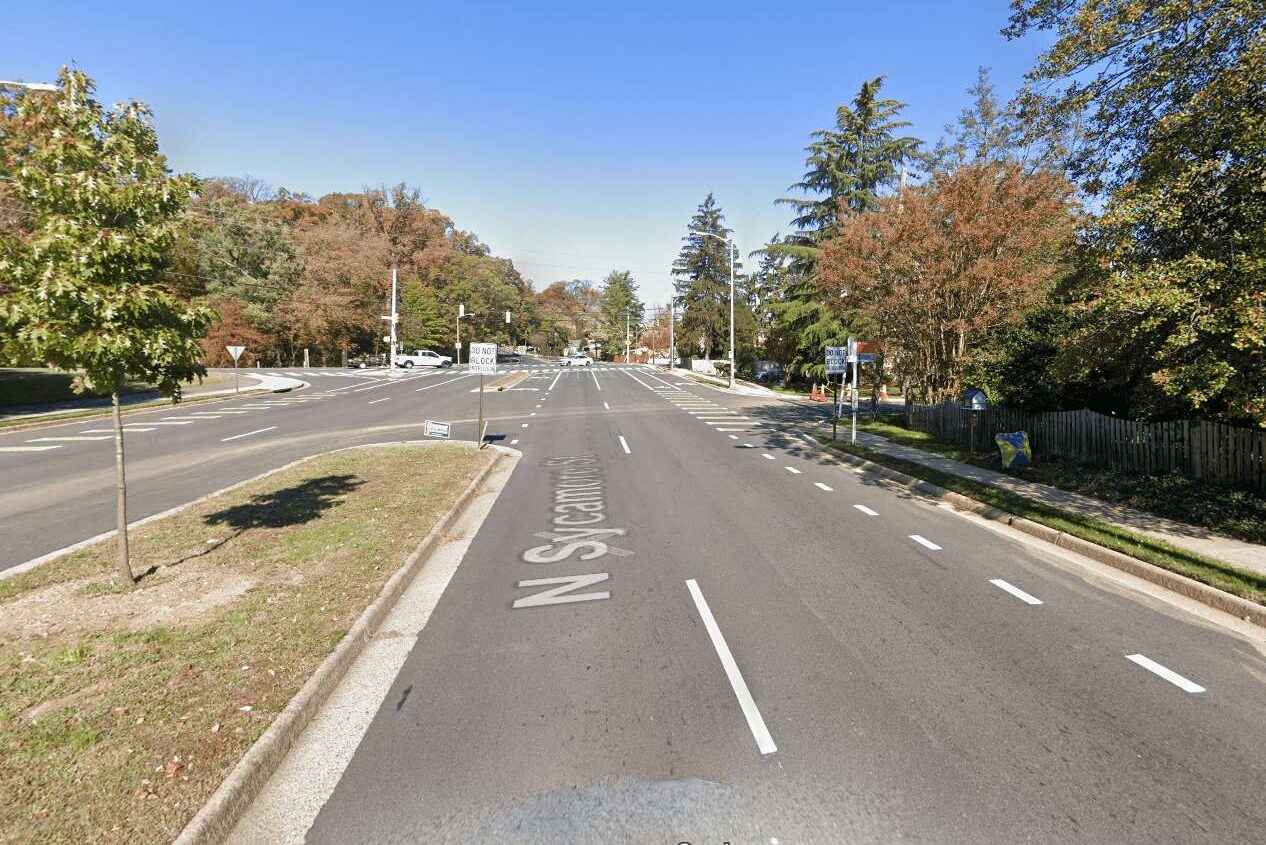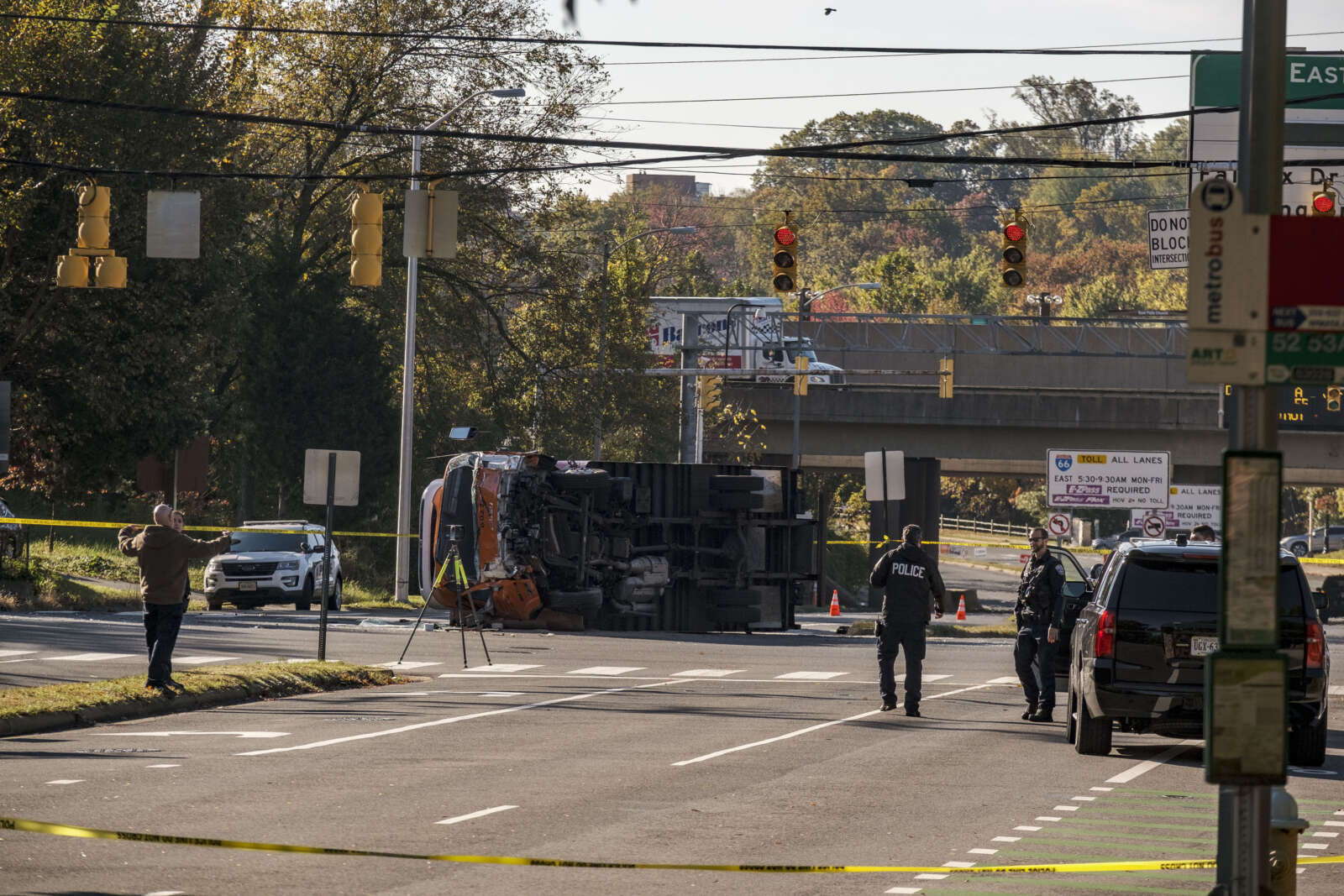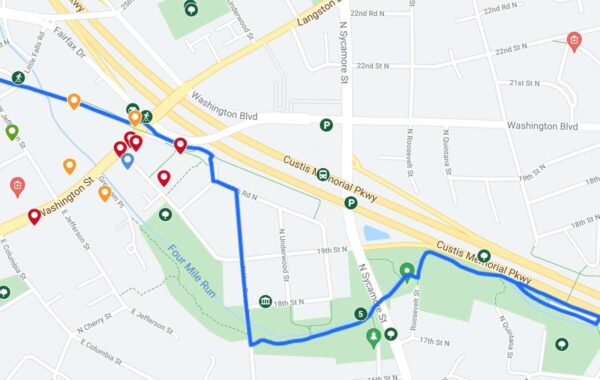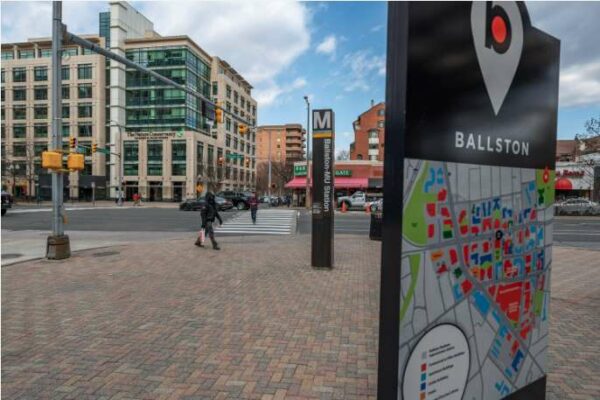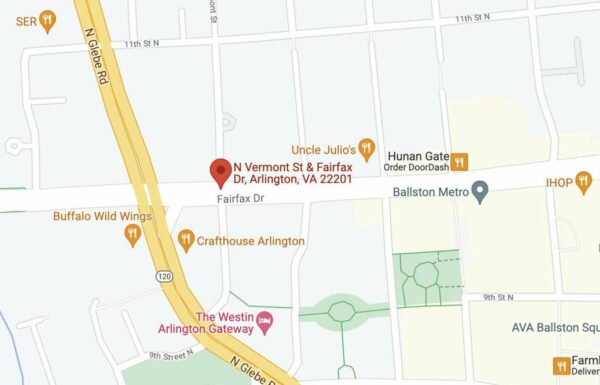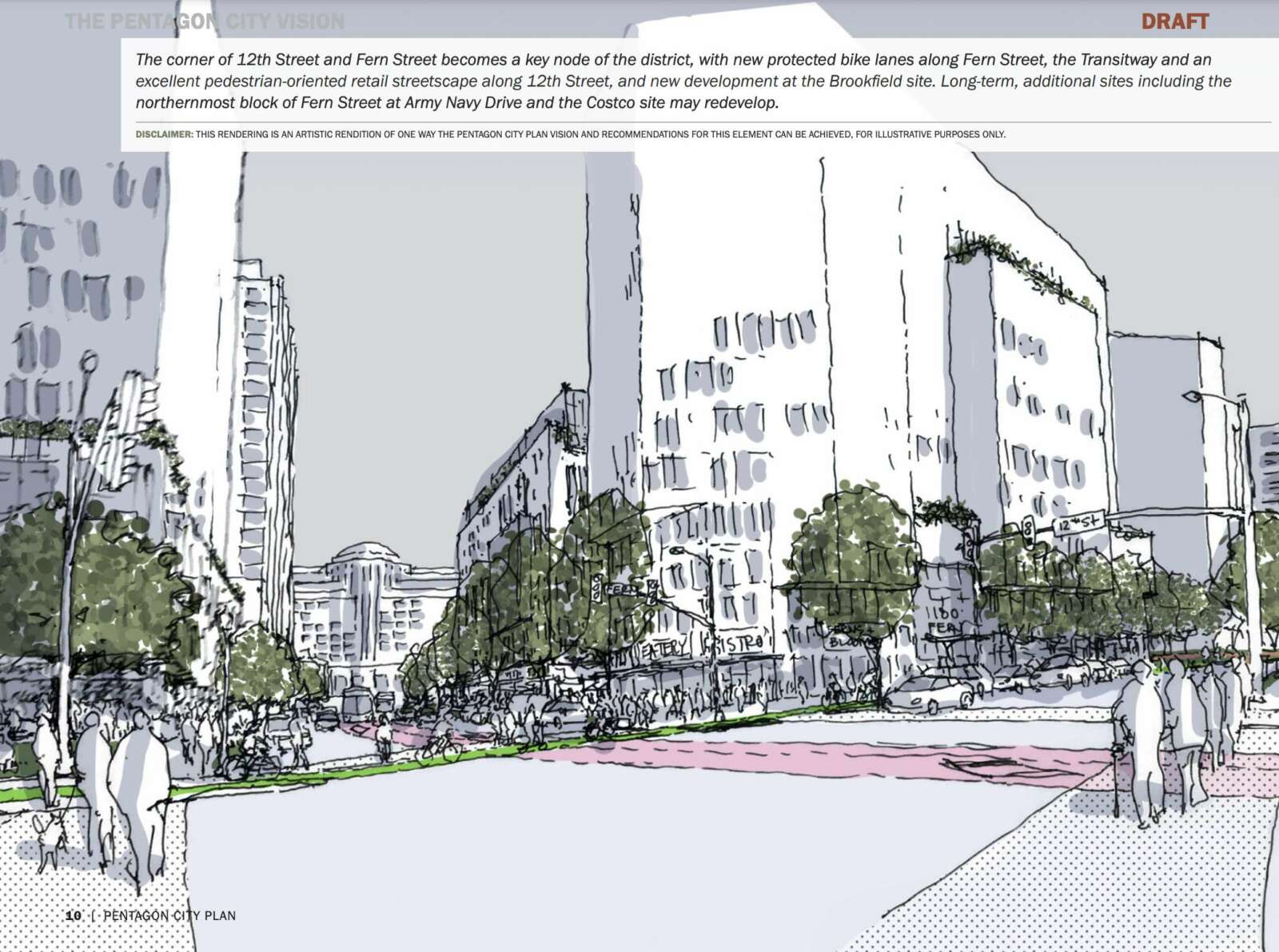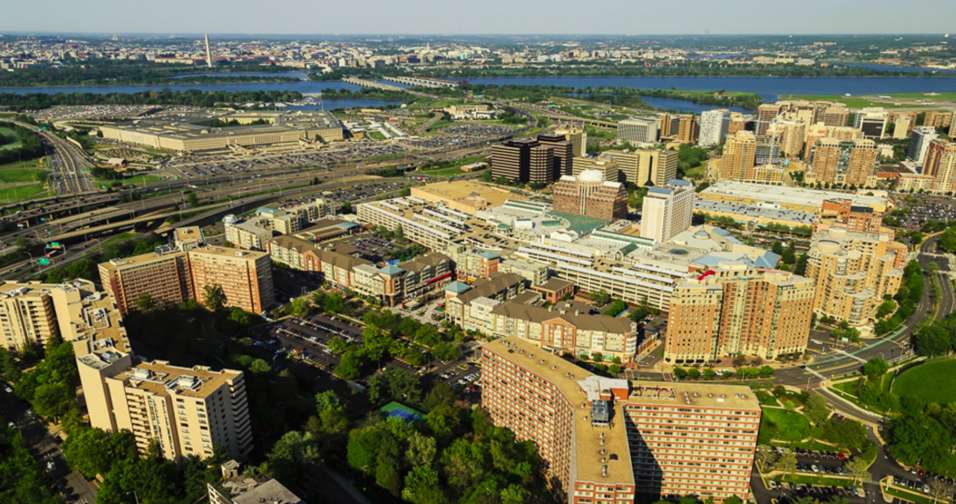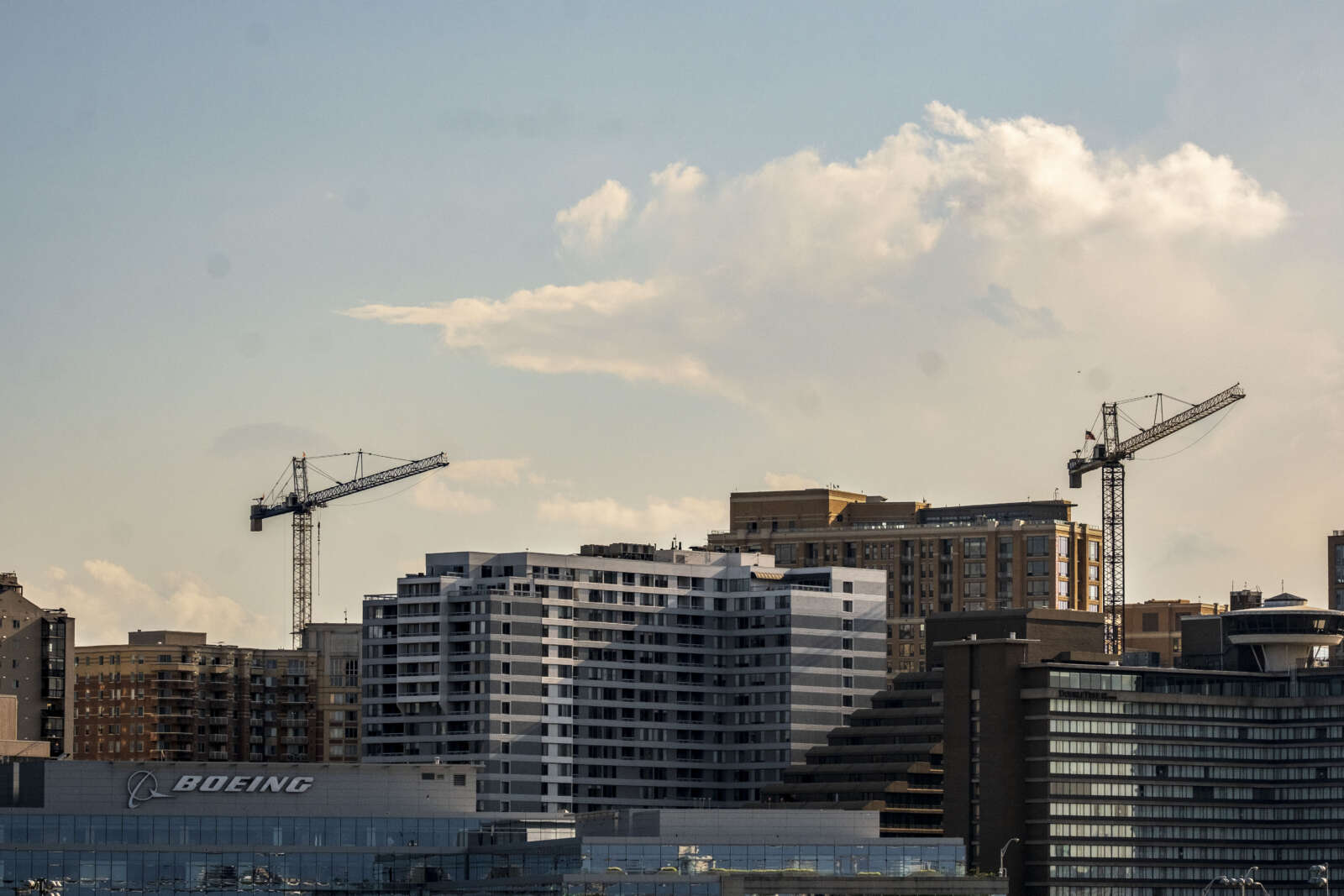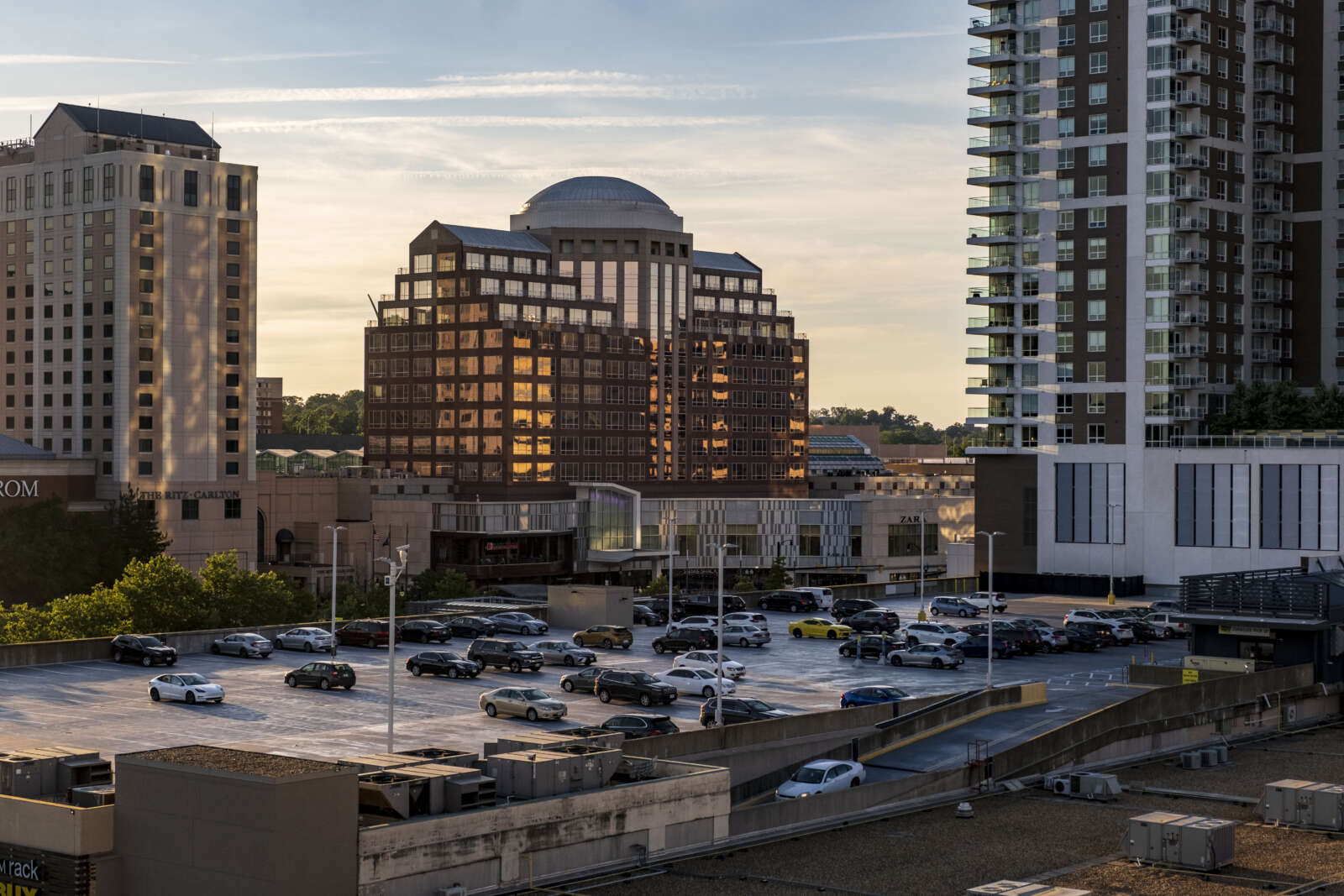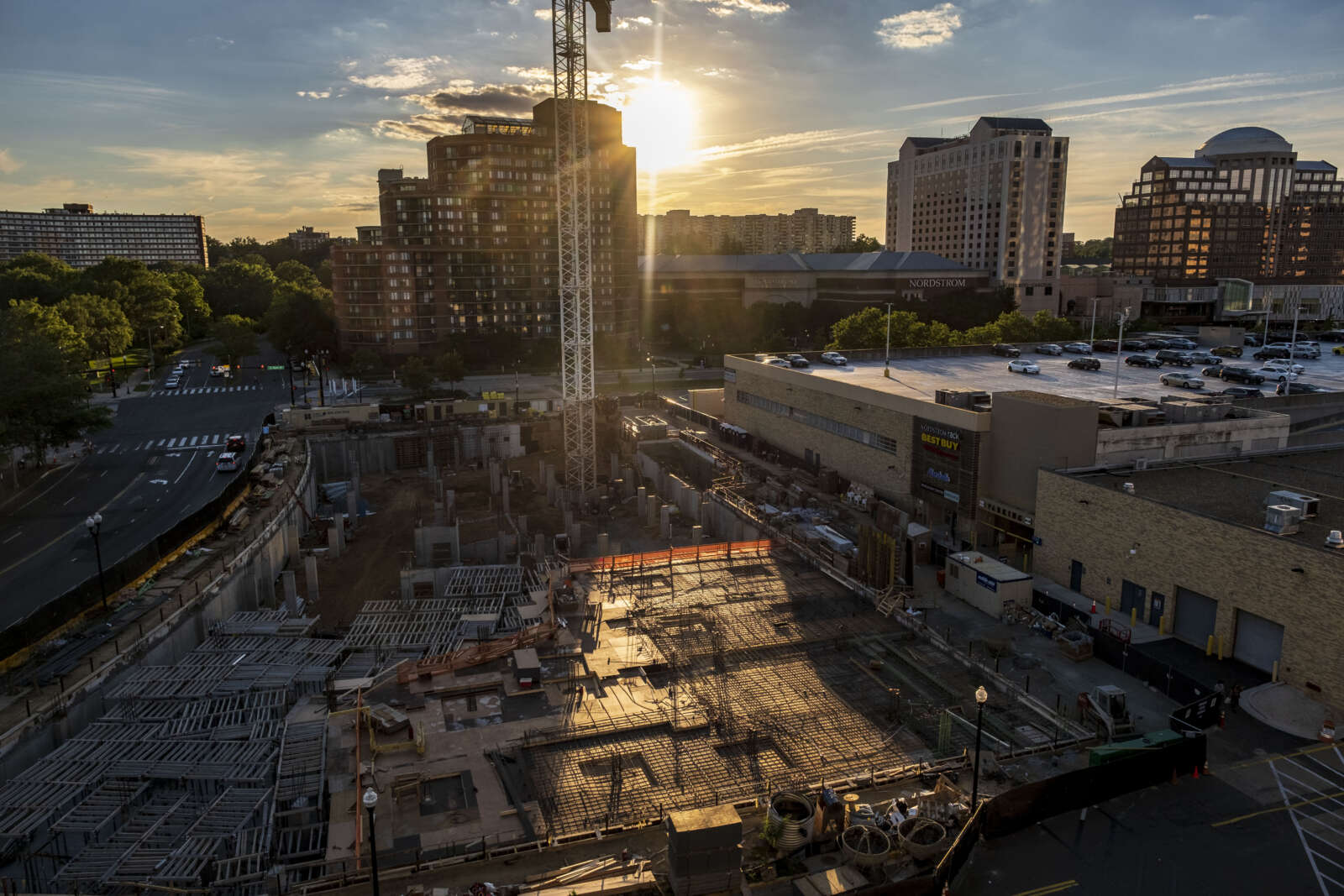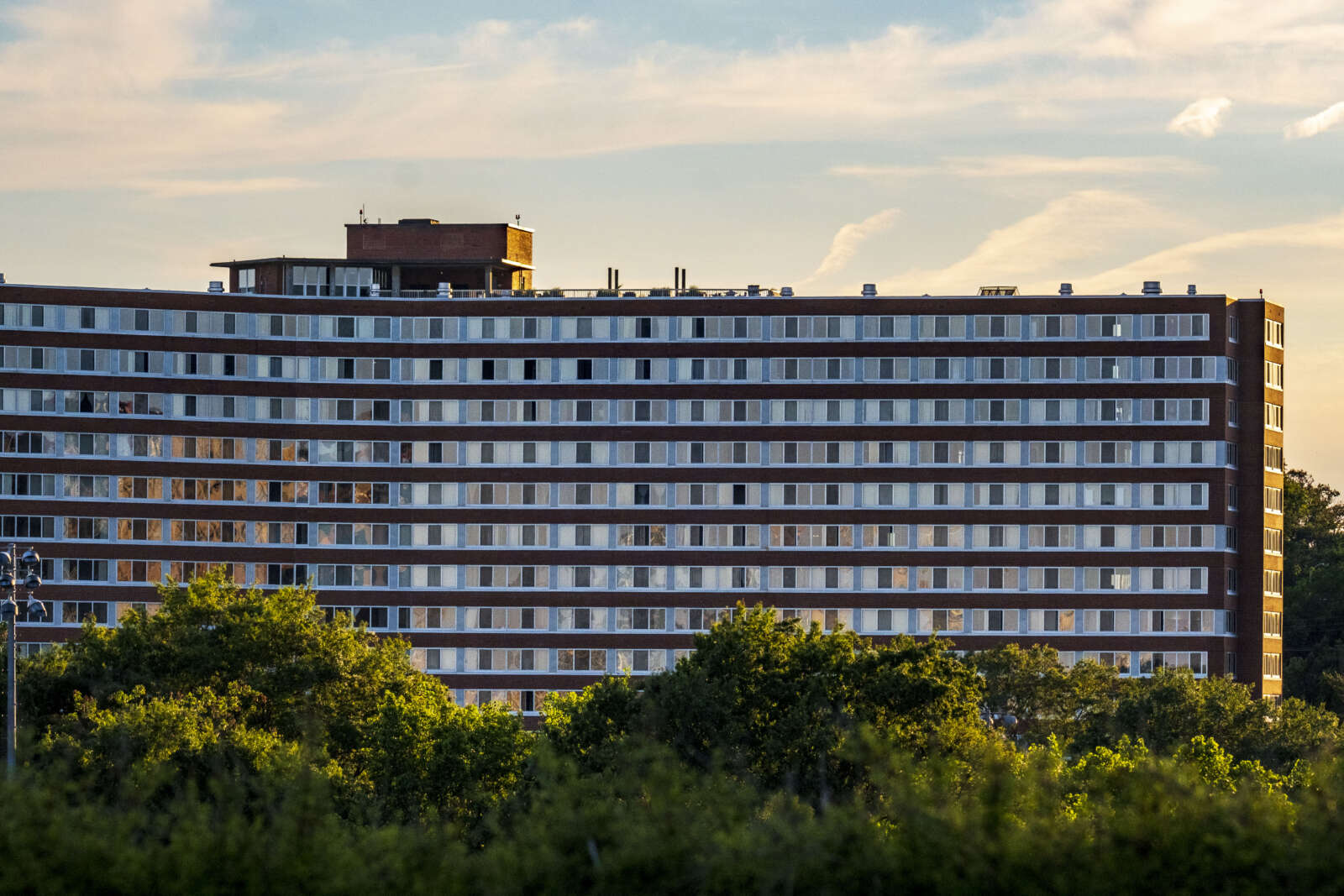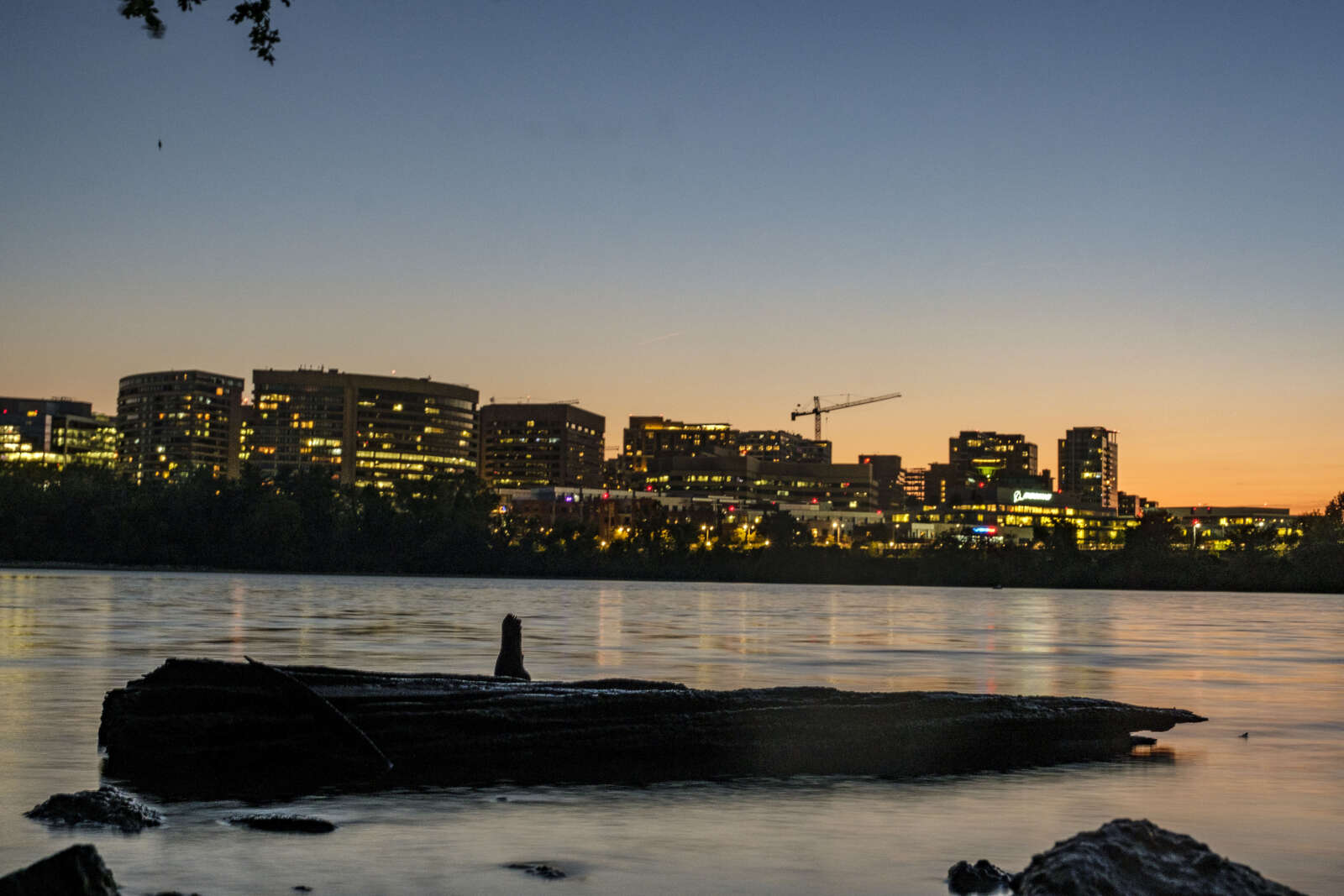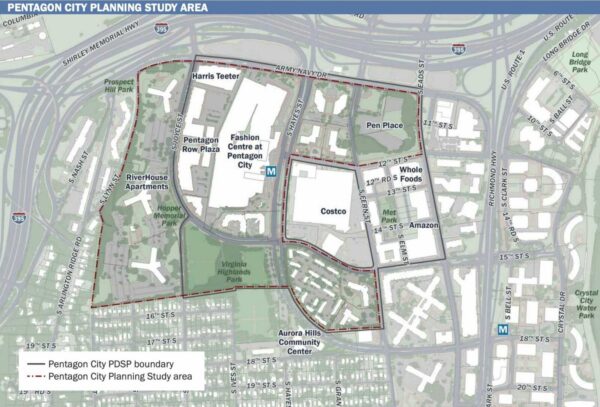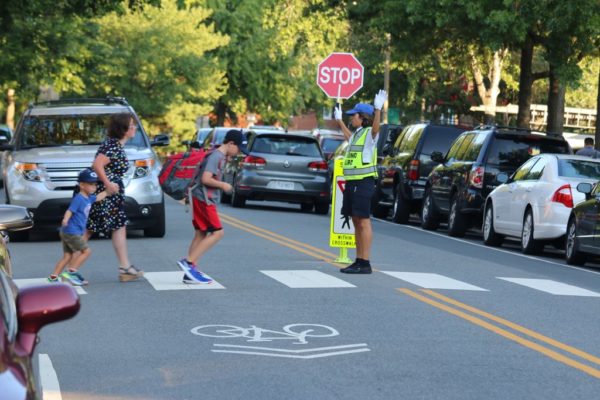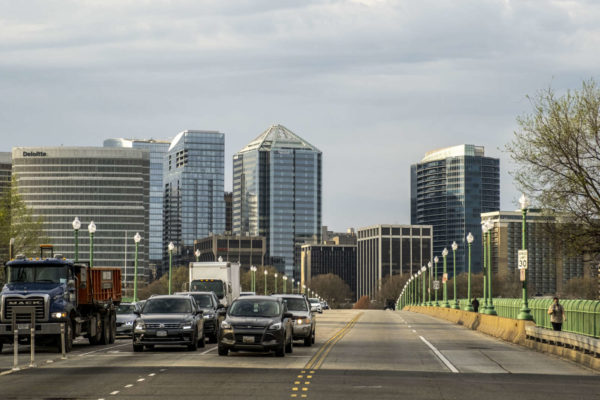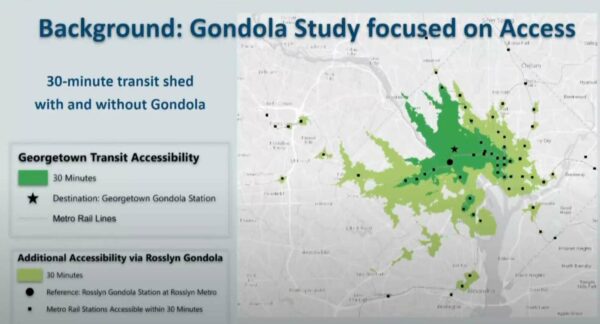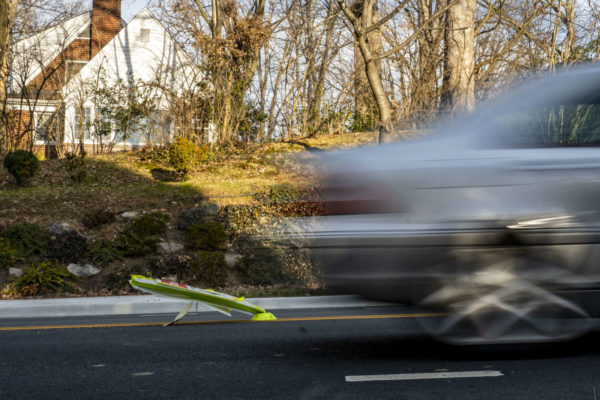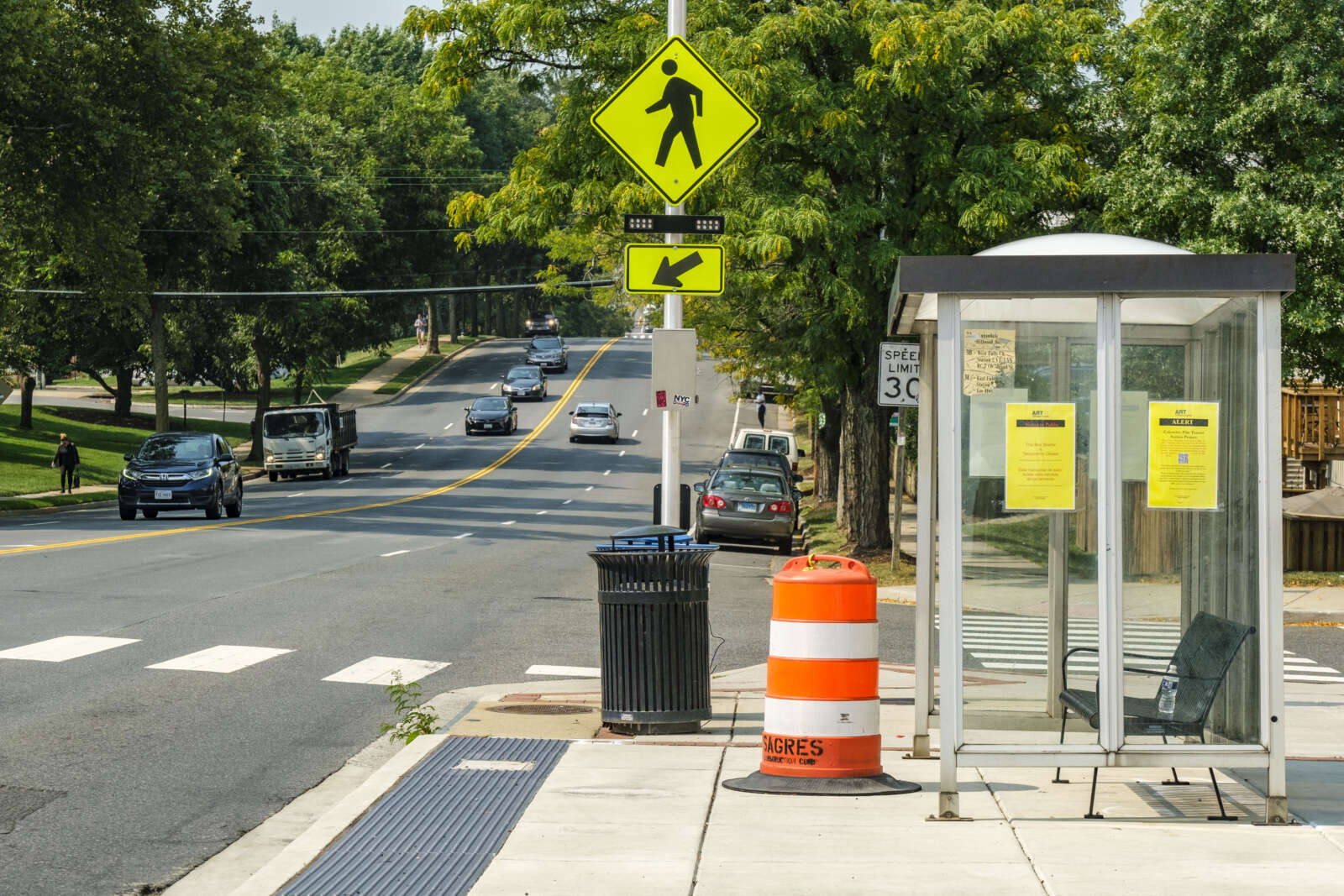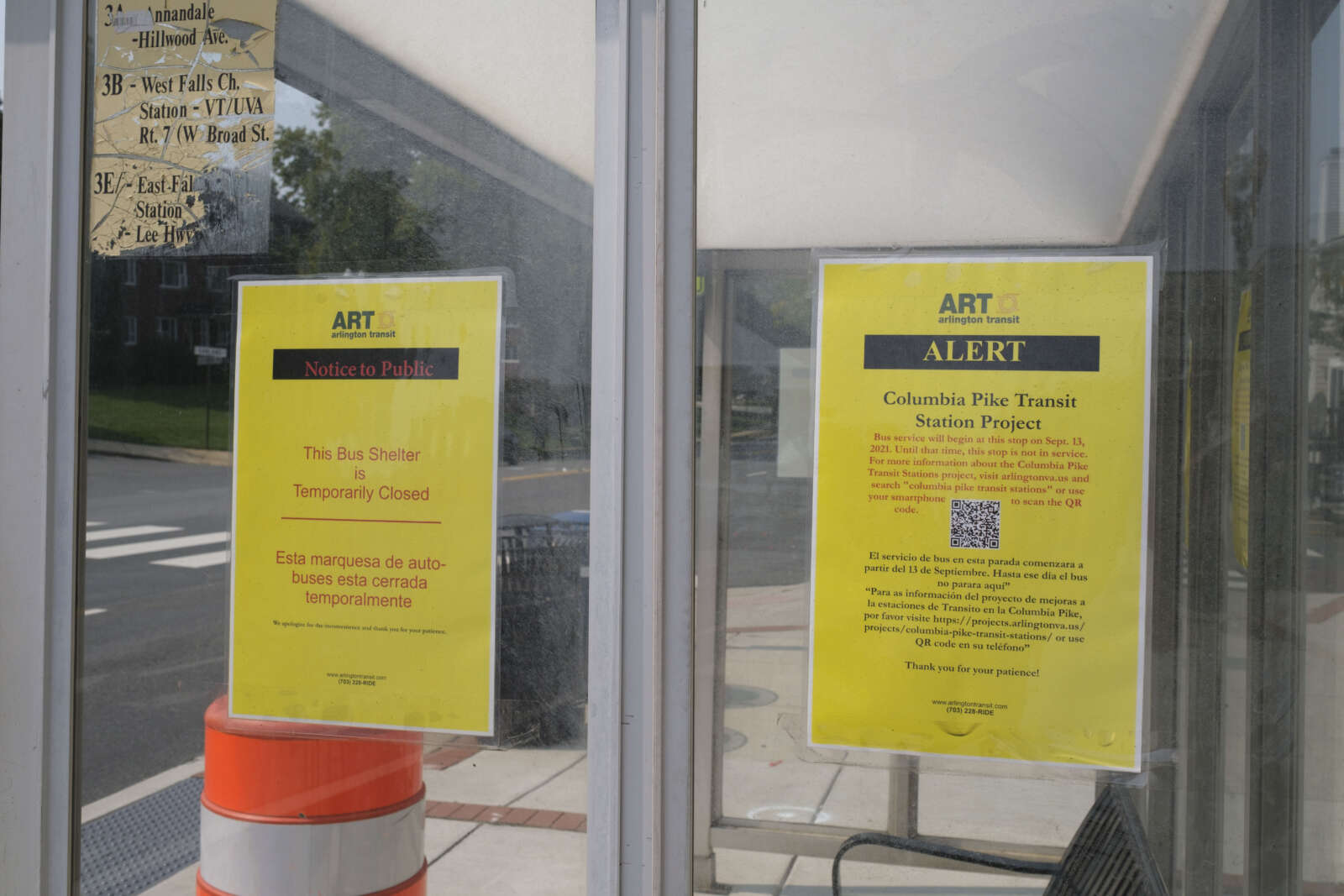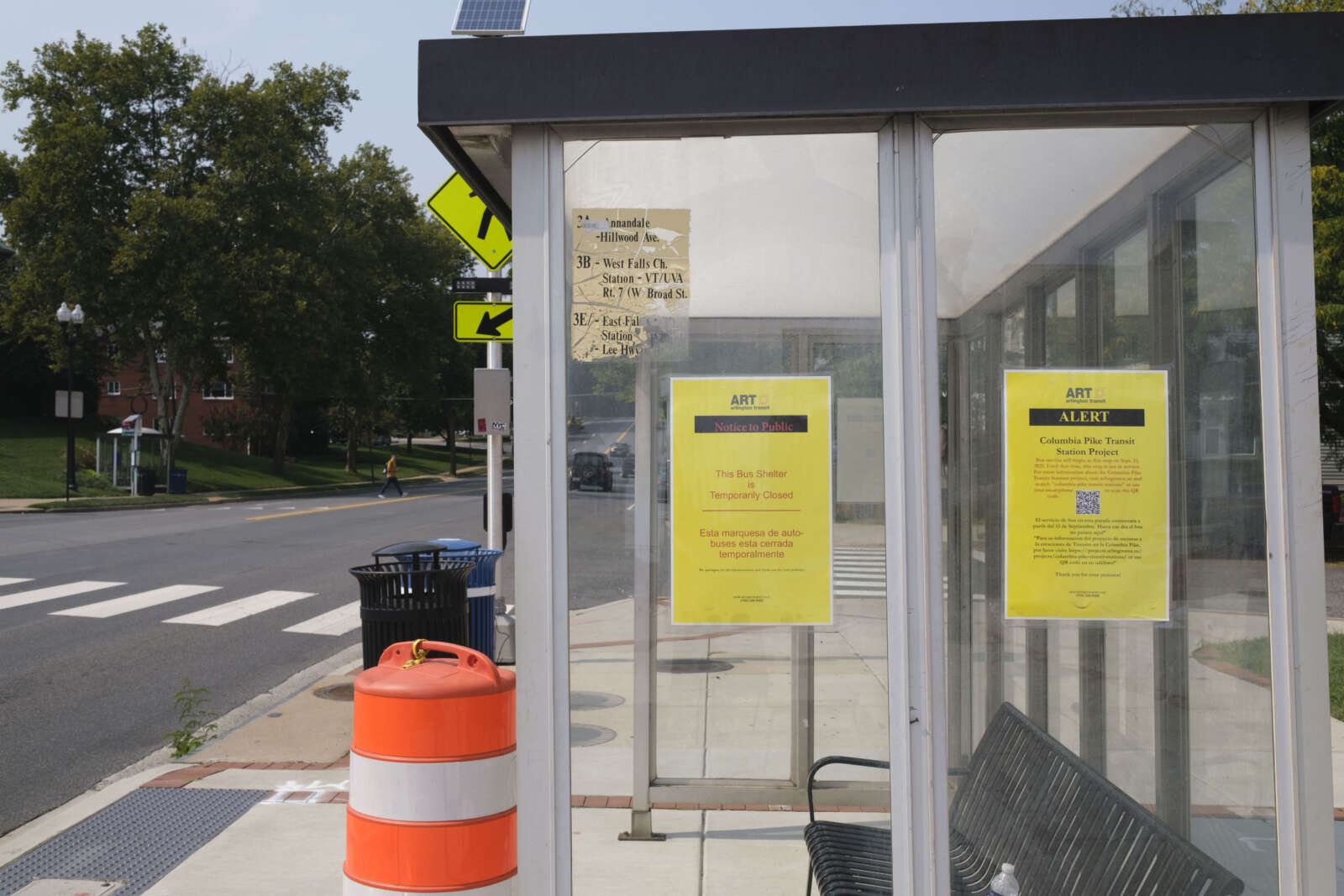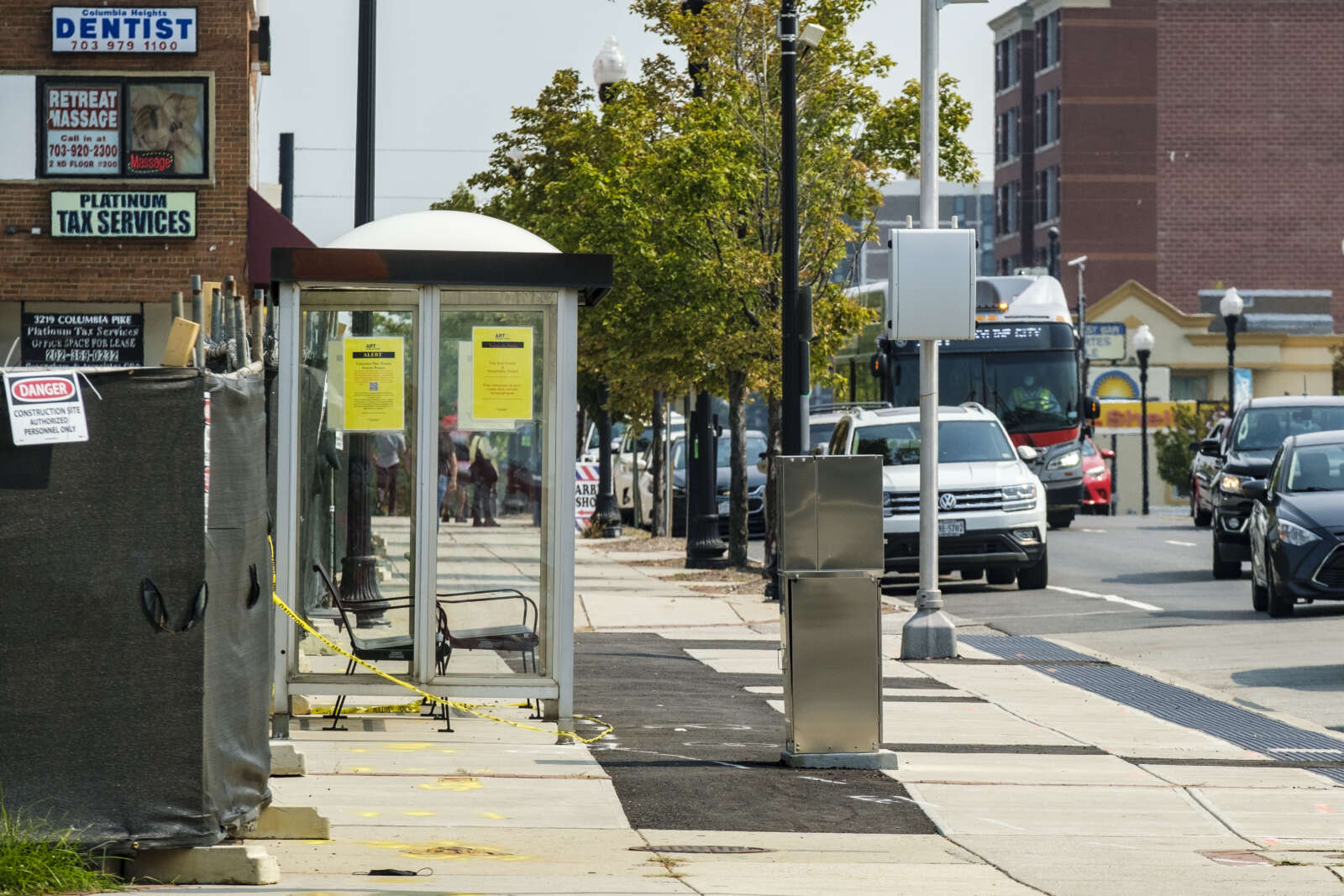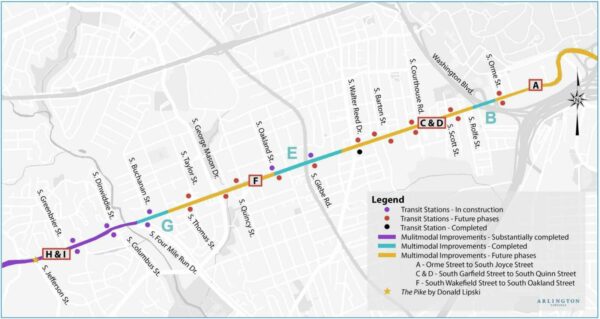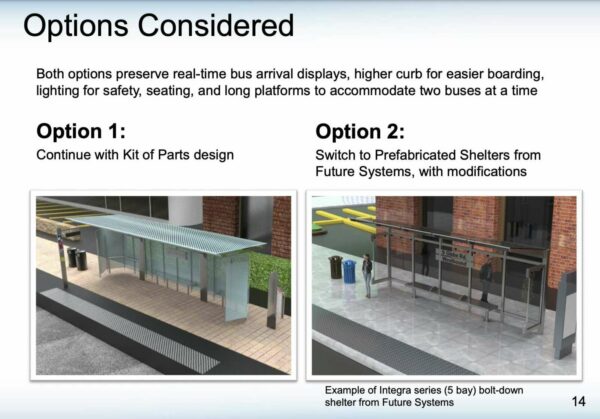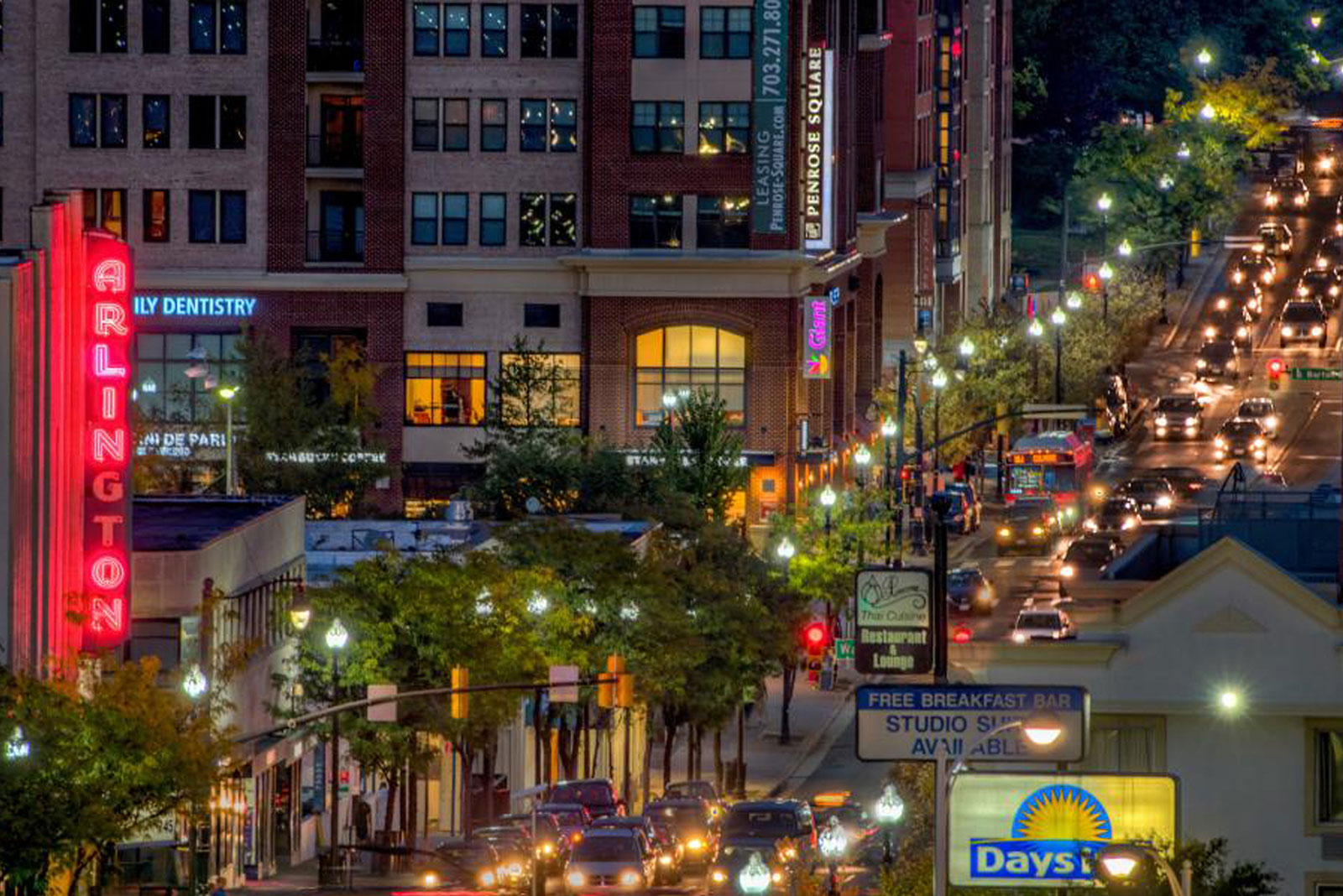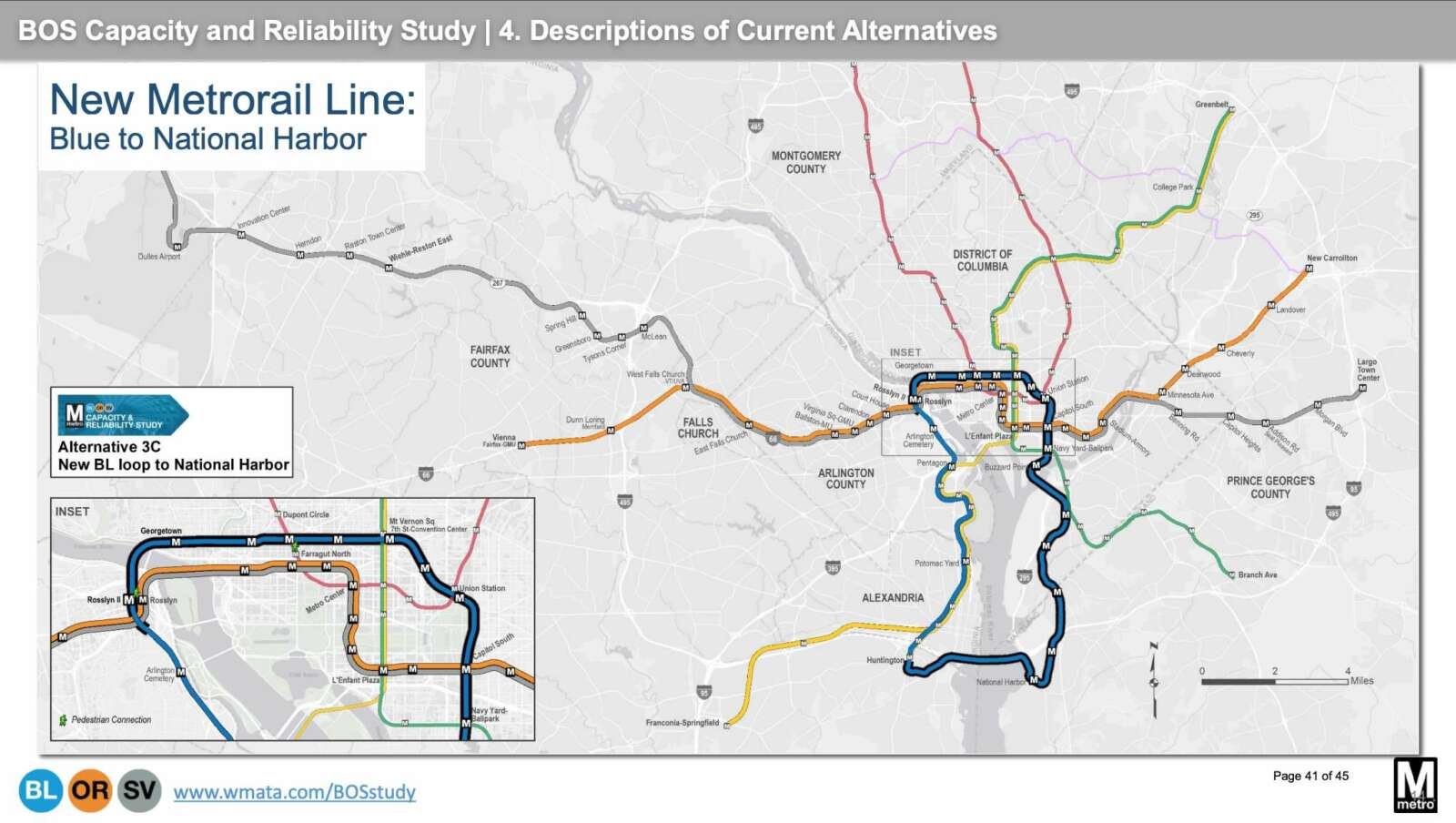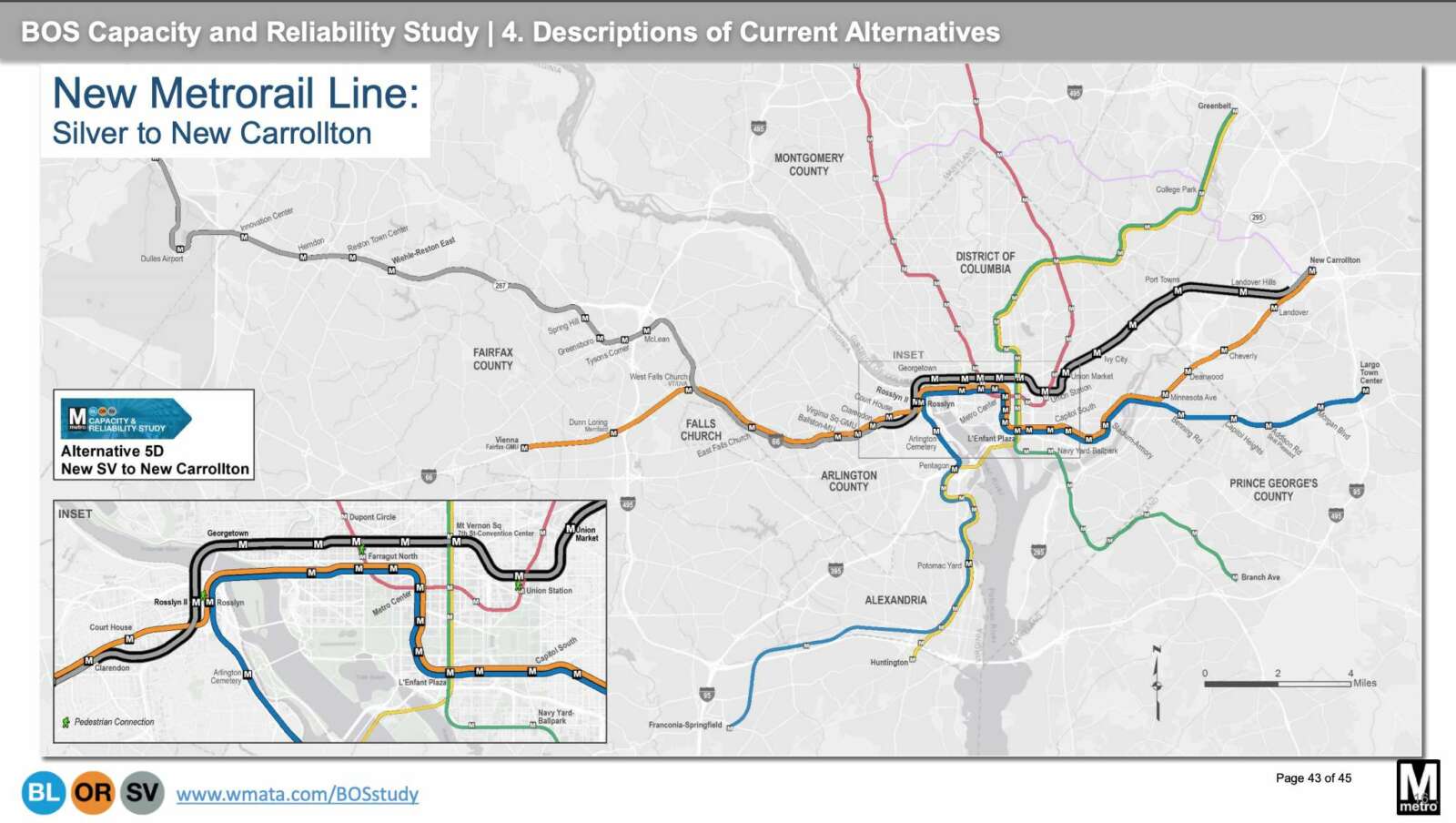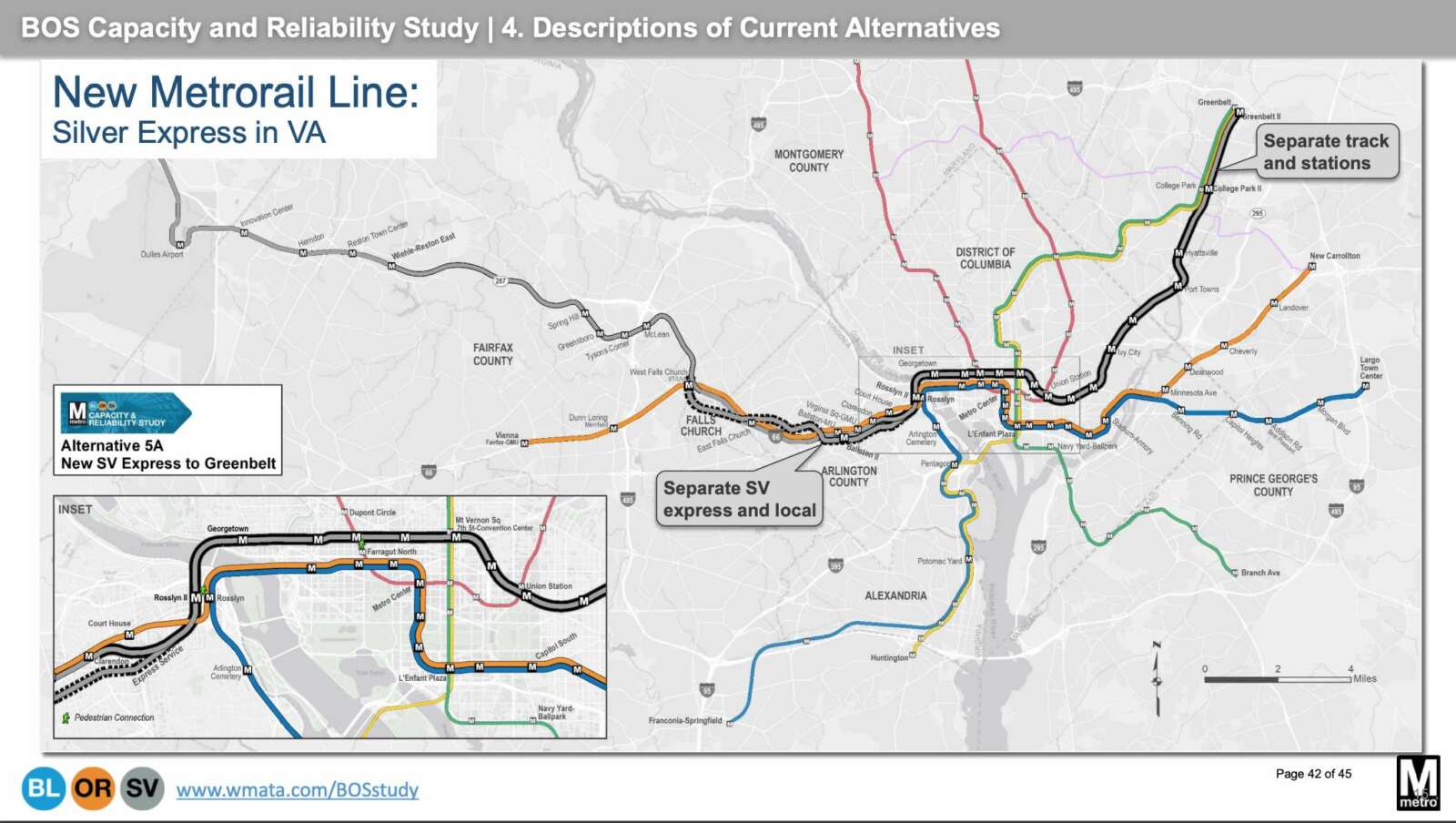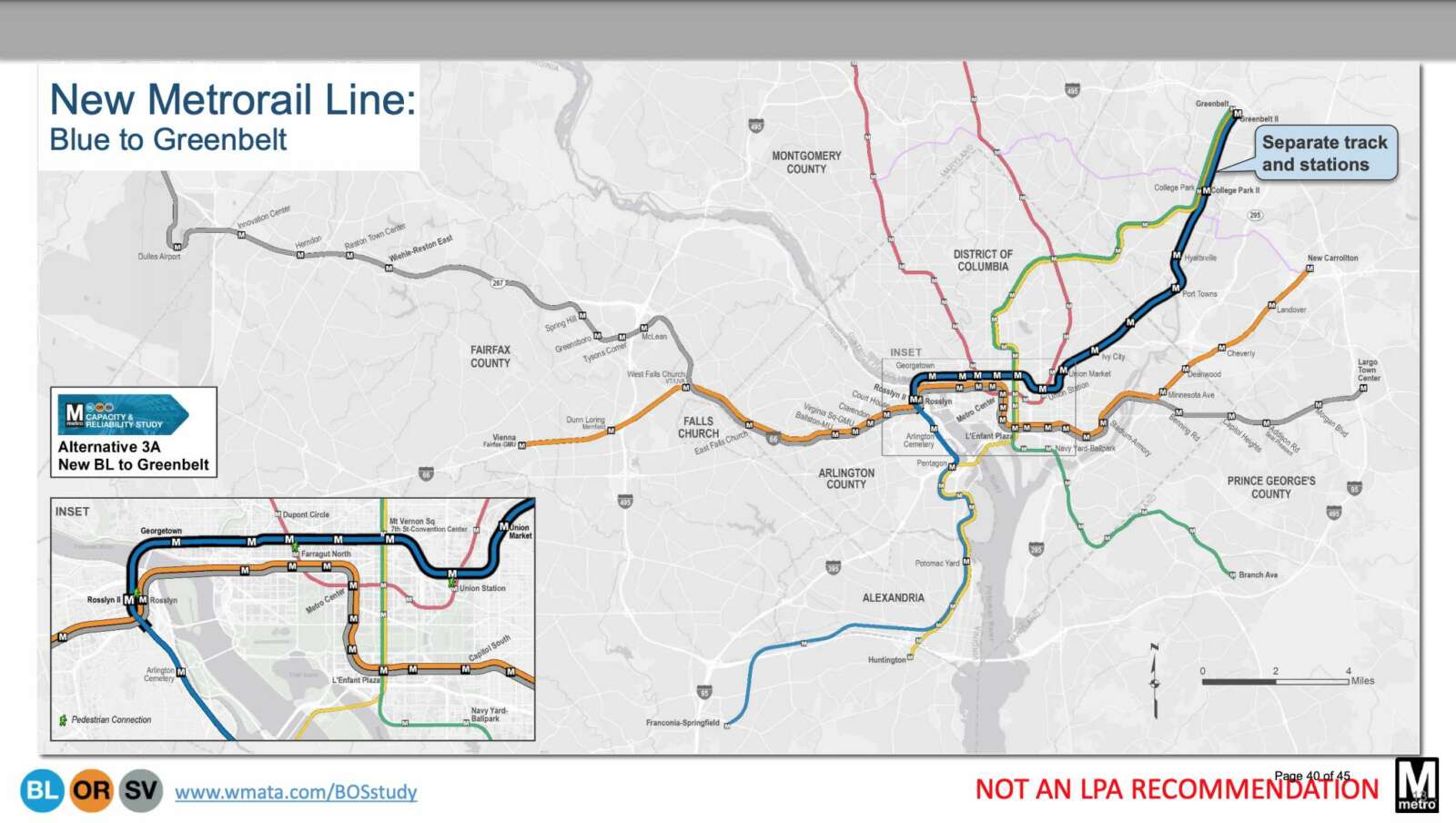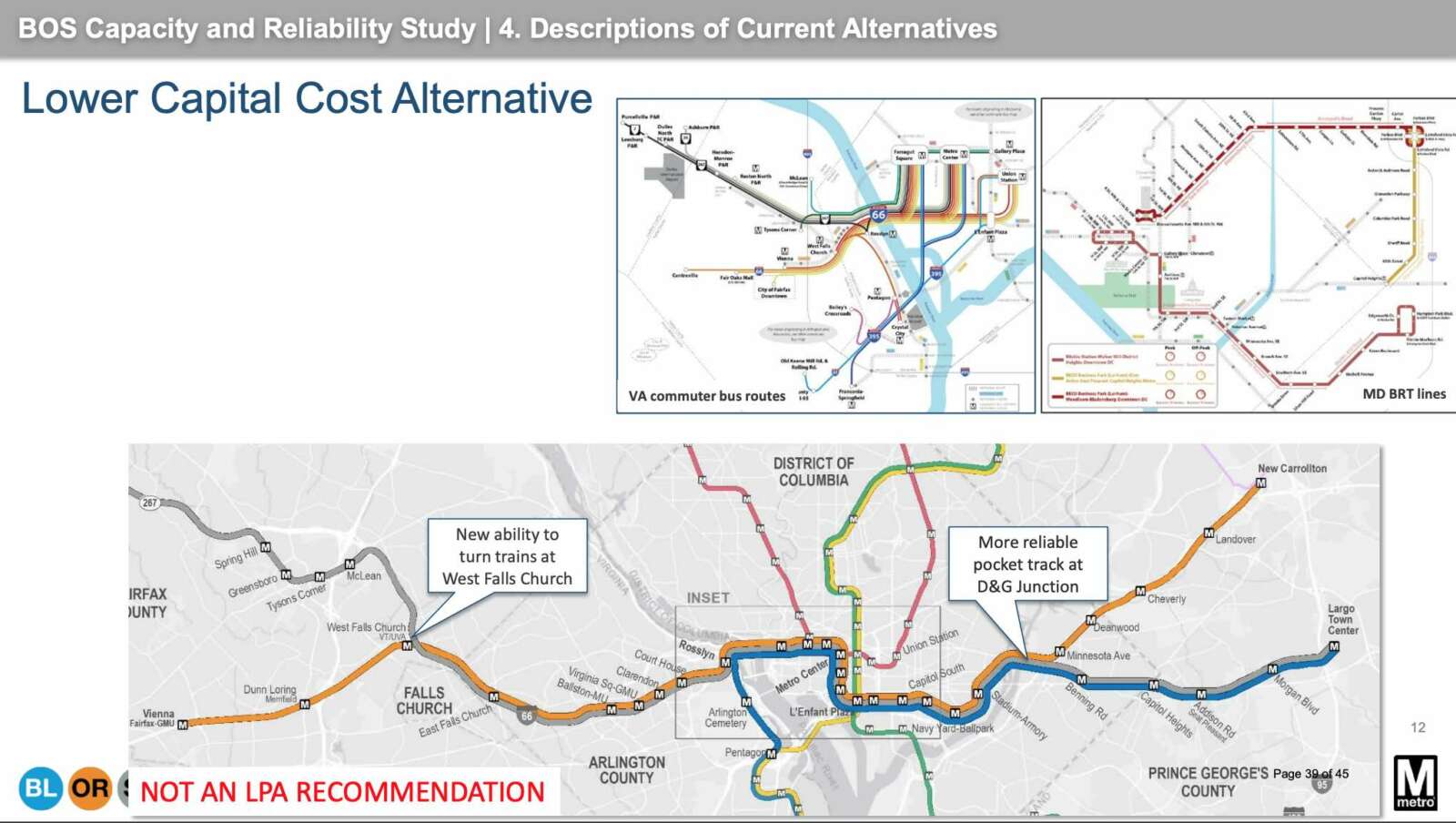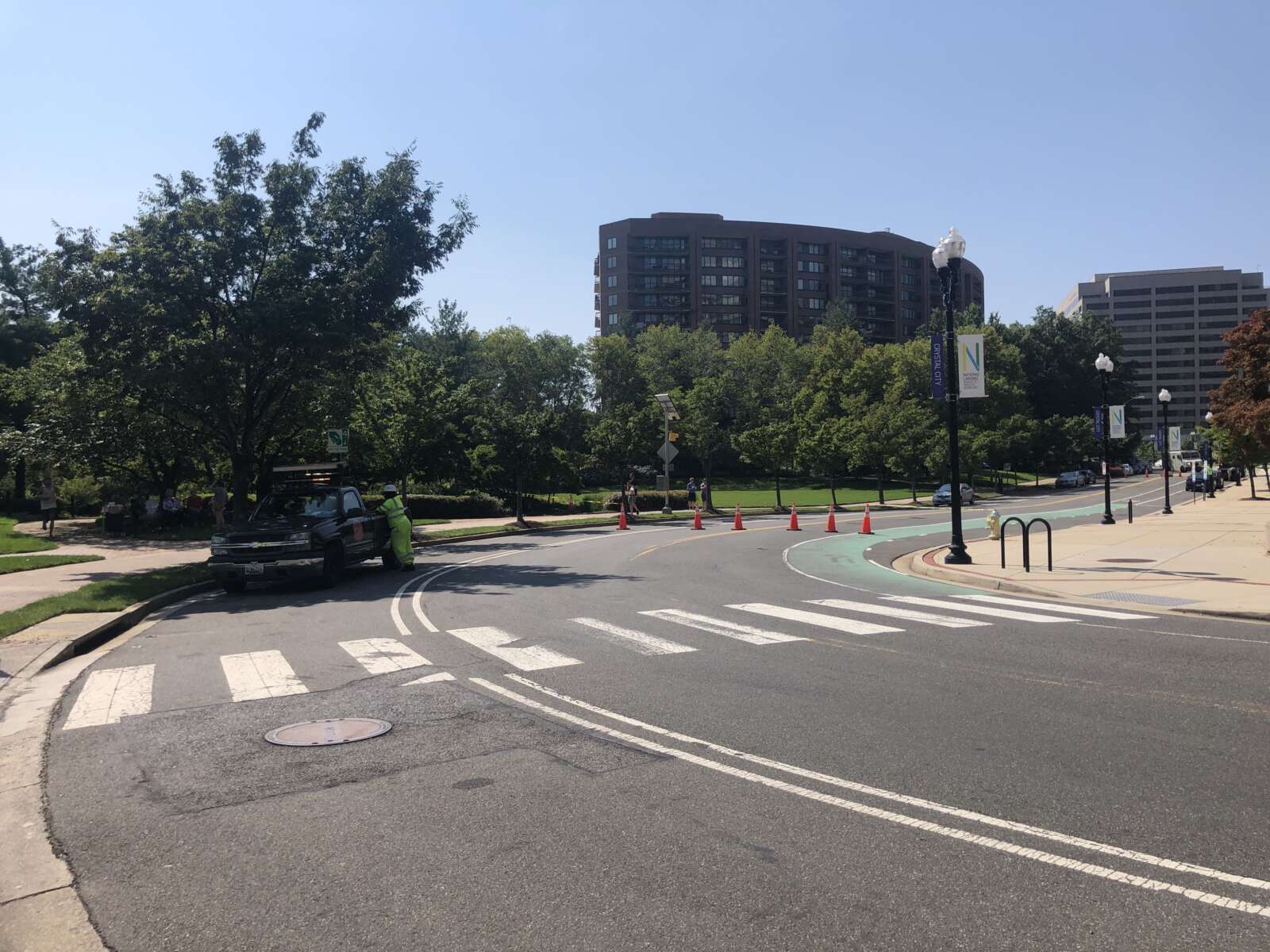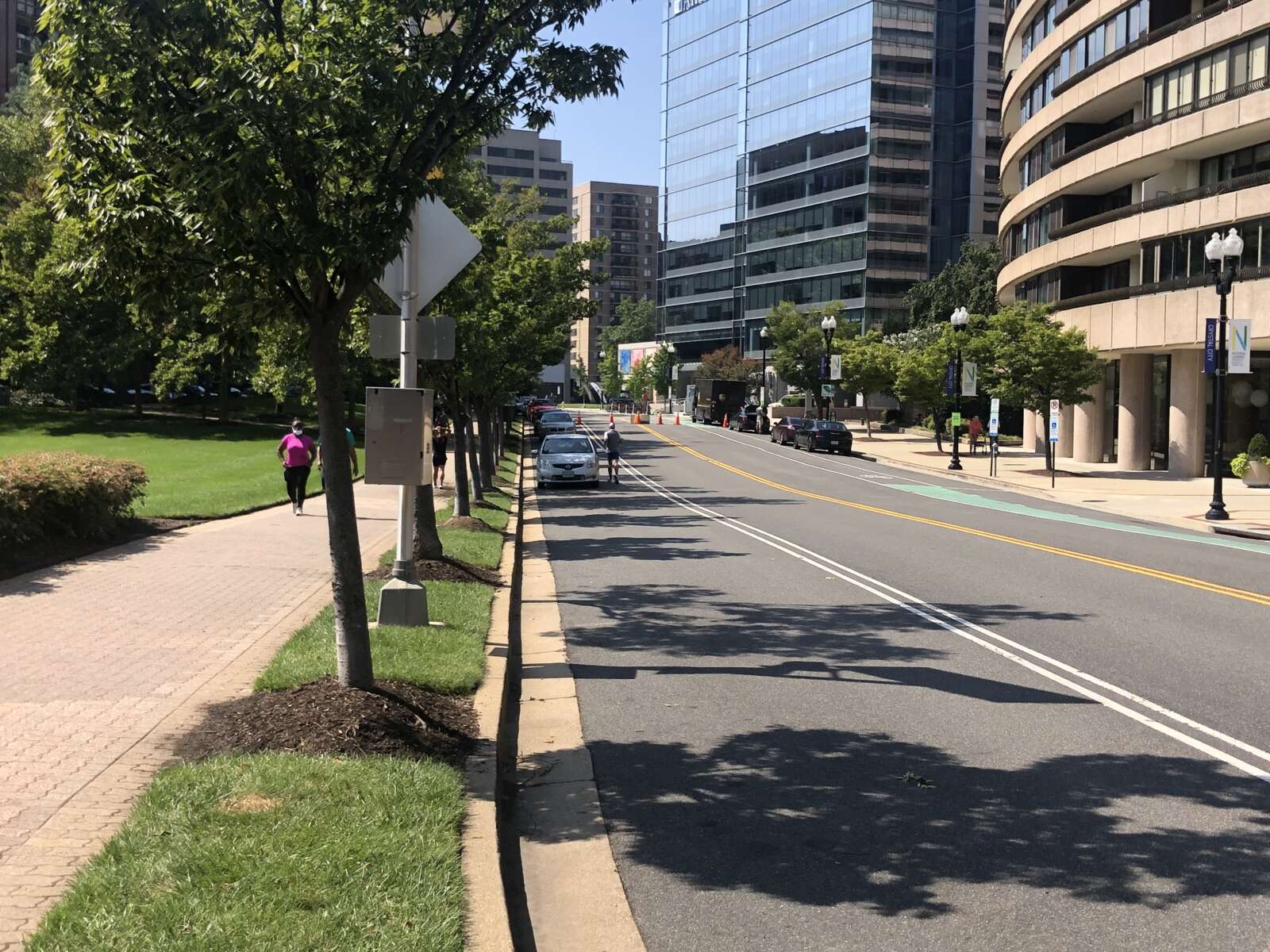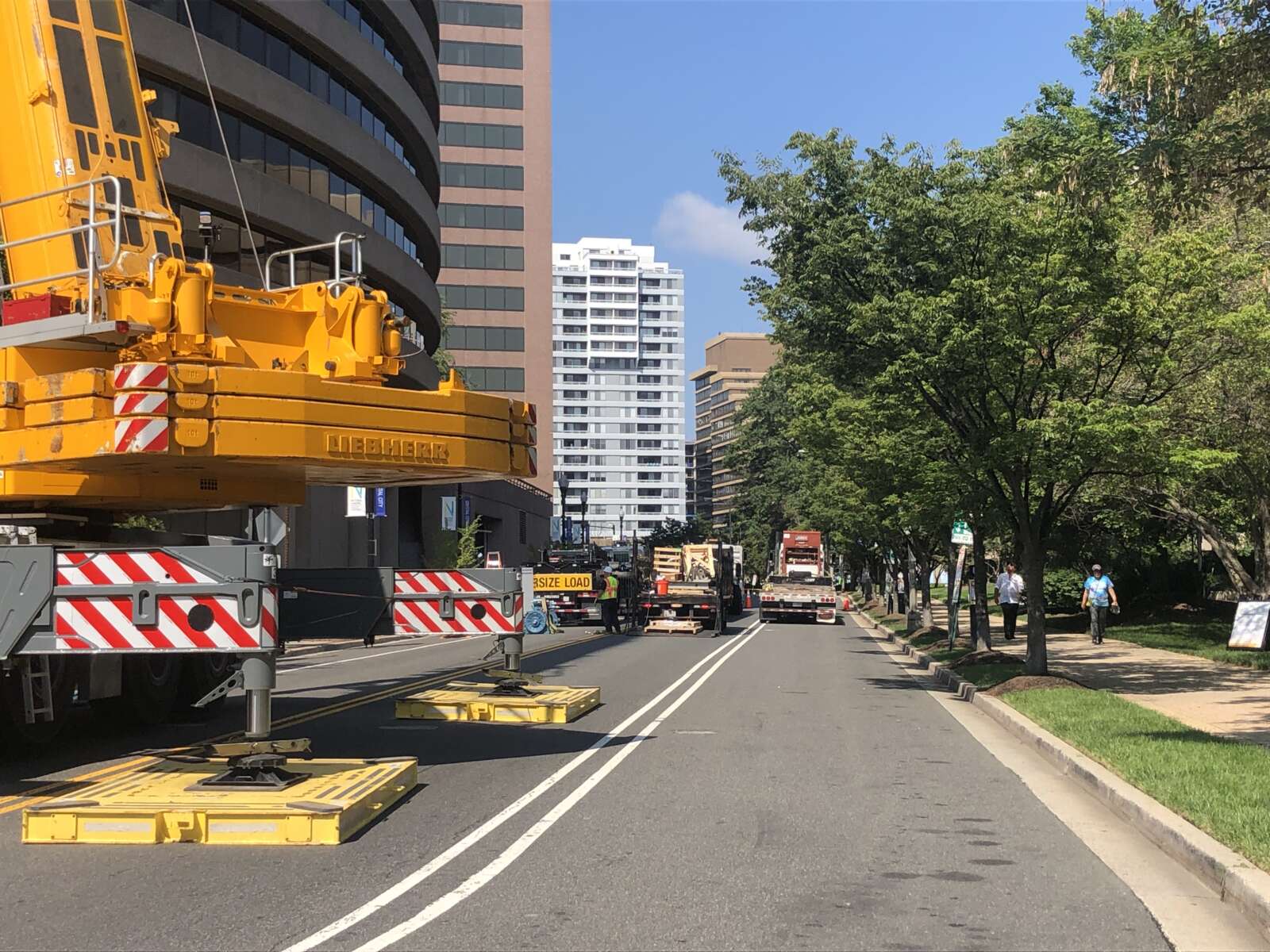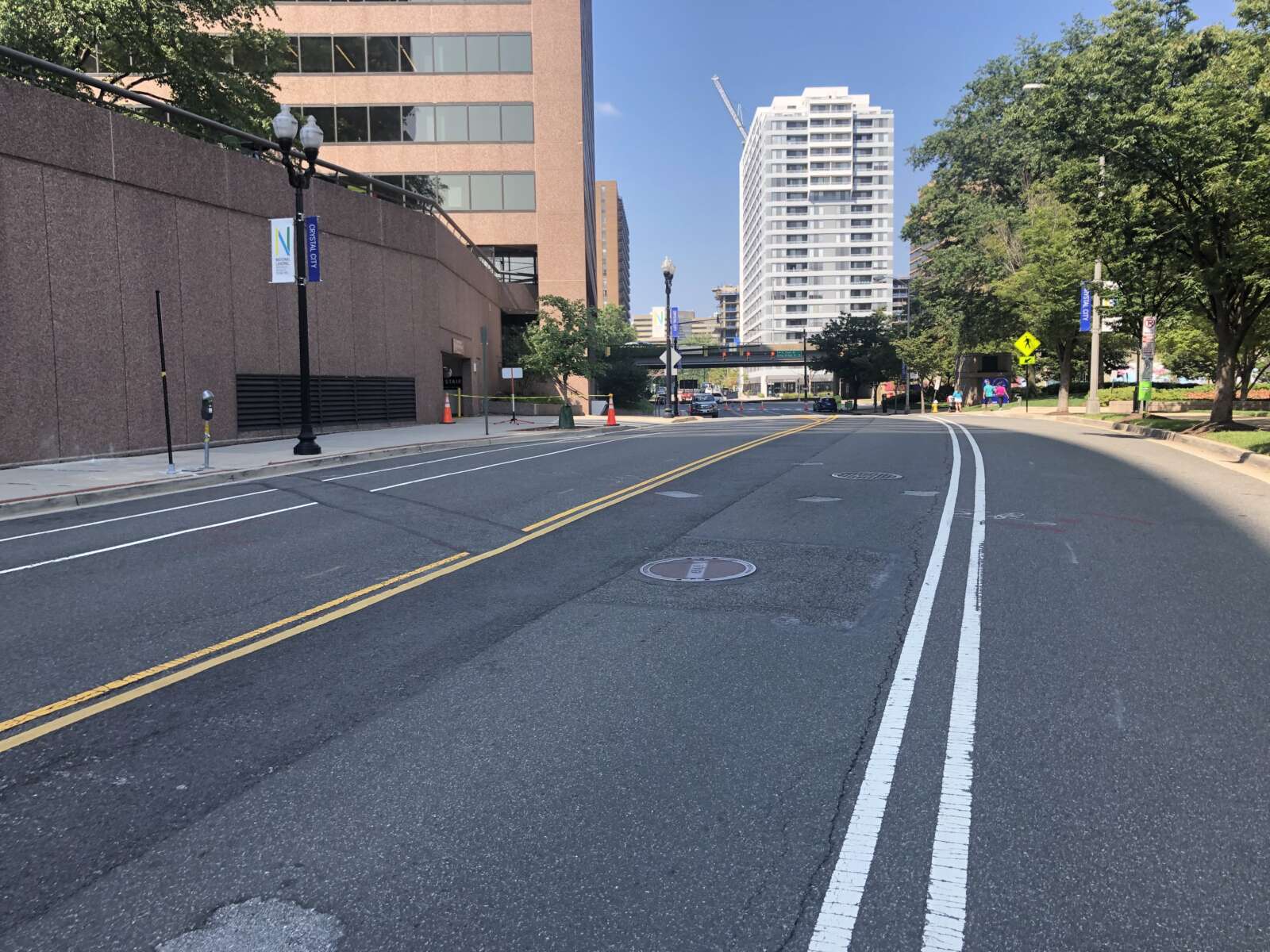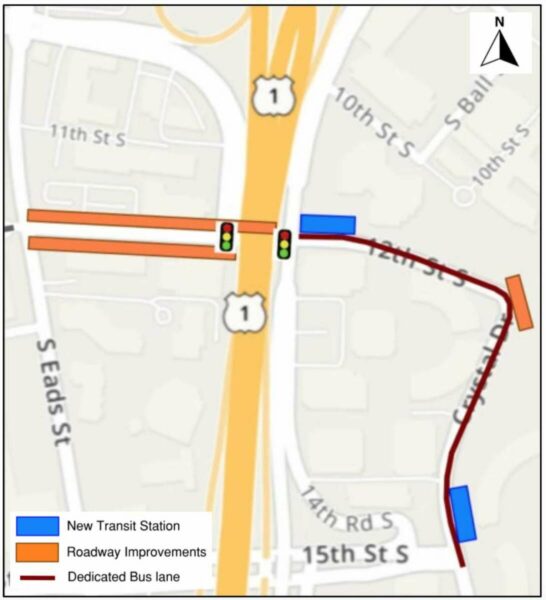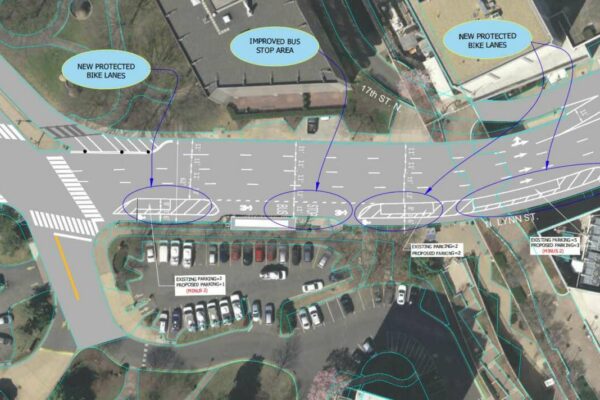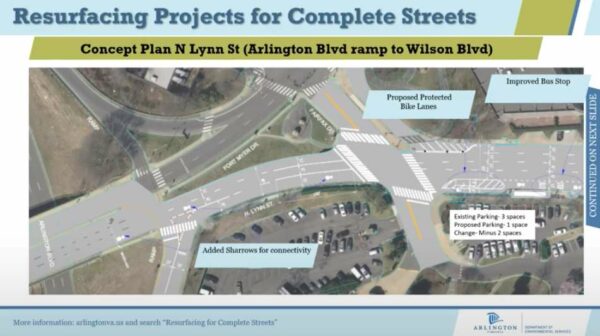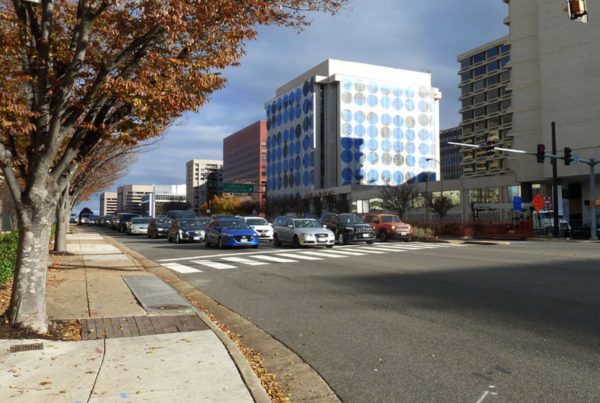
The state’s idea to lower elevated segments of Route 1 through Crystal City could cause more injuries to pedestrians and chronic congestion, according to a new report.
This summer, the Virginia Department of Transportation officially decided to turn Route 1, which is elevated over 12th, 15th and 18th Streets S., into an at-grade urban boulevard. It would feature wide buffered sidewalks on both sides, six to seven narrowed travel lanes, a 30-mph speed limit, wide crosswalks, landscaping and medians with pedestrian refuges.
The changes, which could cost $180 million, are aimed at making the corridor more pedestrian-friendly, but that may not actually be the case, according to the VDOT-commissioned report. Using Arlington County rush hour traffic forecasts, the report predicts pedestrian-involved crashes could increase.
Meanwhile, travel times could lengthen by up to 6 minutes for vehicles heading into Crystal City in the morning and heading out in the afternoon, due largely to delays for drivers turning left on Route 1 and several commuter bus stops getting rerouted.
Arlington County staff questioned how these negatives could square with VDOT’s preference for the concept, per a staff report. They suggested that the authors make the negative results of the traffic analysis clearer.
“An at-grade Route 1 has many operational challenges,” county staff said. “The short block lengths between parallel streets result in the need to coordinate signals and thus, the pedestrian delays will be increased on the minor parallel routes. The results point to negative impacts on the ability of transit to effectively serve the National Landing area. The at-grade scenario shown in the preferred alternative offers a more limited network connectivity while simultaneously introducing conflicts and sacrificing transit mobility.”
The report, prepared by engineering consulting firm Kimley-Horn, specifically recommends one at-grade option that allows all turns at 15th Street S., eliminates left turns at 18th Street S., and possibly includes a pedestrian underpass or overpass at 18th Street.
The state initially agreed to the study and changes to Route 1 as part of its 2018 agreement with Amazon to invest in transportation in the region.
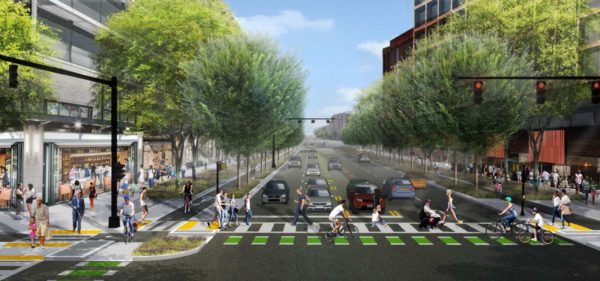
Pedestrian safety
As progress ramped up on the study, locals and organizations following the Route 1 project have kept pedestrian safety front and center.
When VDOT initially considered a nine-lane highway, advocates said that would be unsafe for pedestrians and the National Landing Business Improvement District (BID) created its own renderings for a tree-lined and pedestrian-friendly Route 1.
After VDOT revised its proposal and announced its intention to bring Route 1 at-grade, Livability 22202 — a coalition of three area civic associations — rejected the study for several reasons, chief among them that even the new six- to seven-lane highway would not, in their view, improve pedestrian safety.
Data in the report appears to bear that conclusion out. Over two decades, pedestrian traffic during peak afternoon hours could increase 2x to 5x current levels, and with that could come more crashes involving pedestrians.


